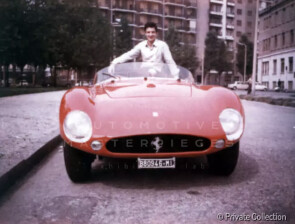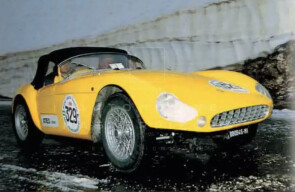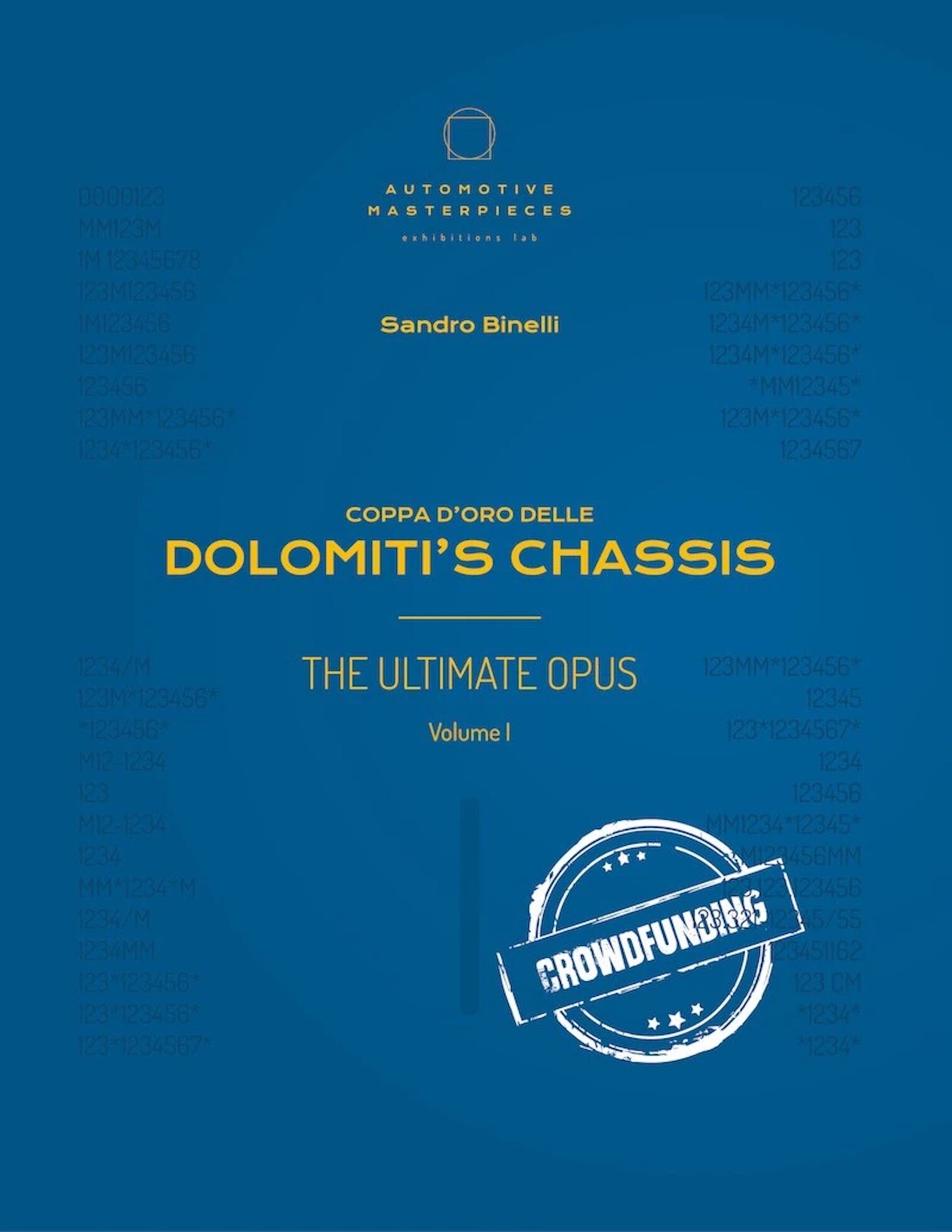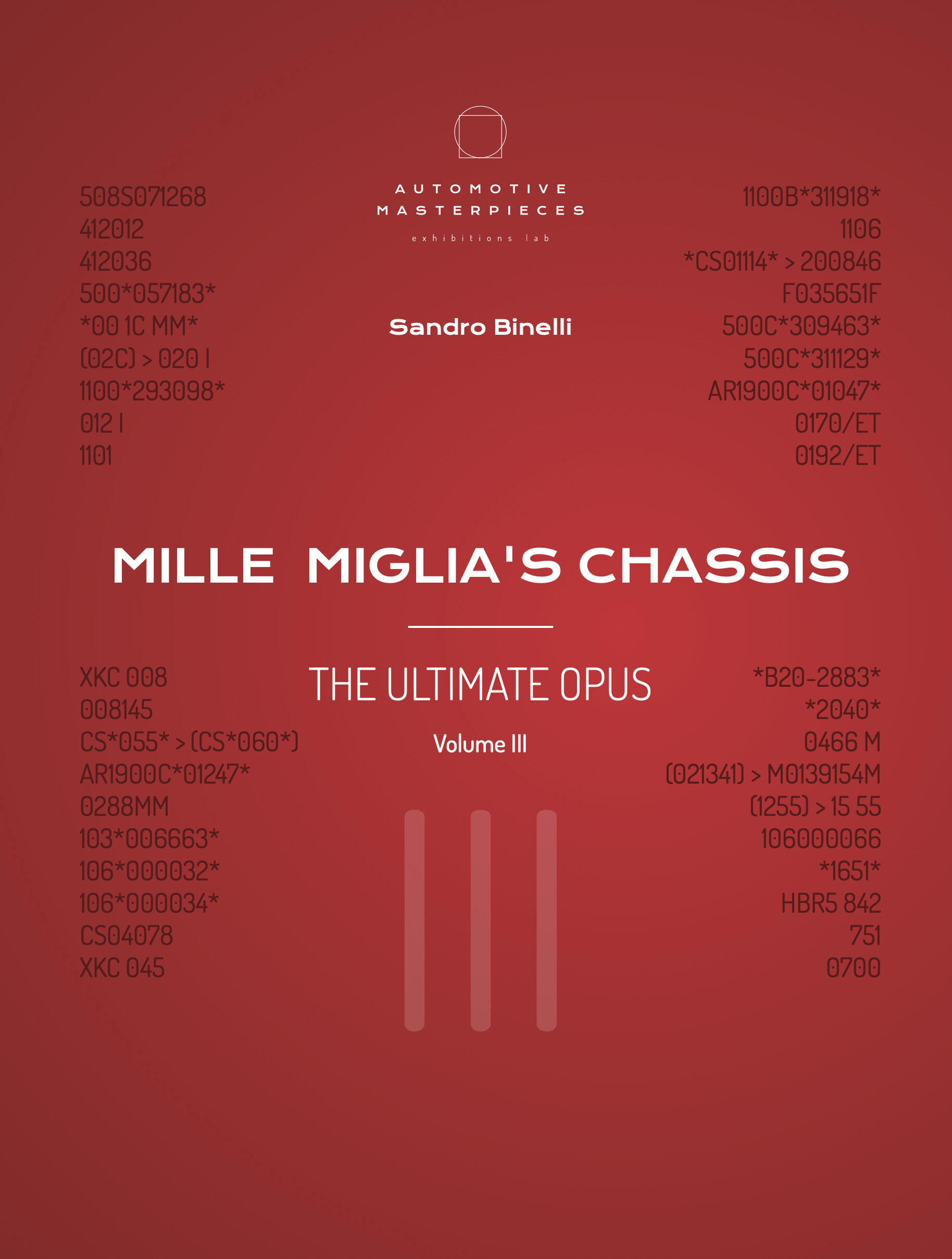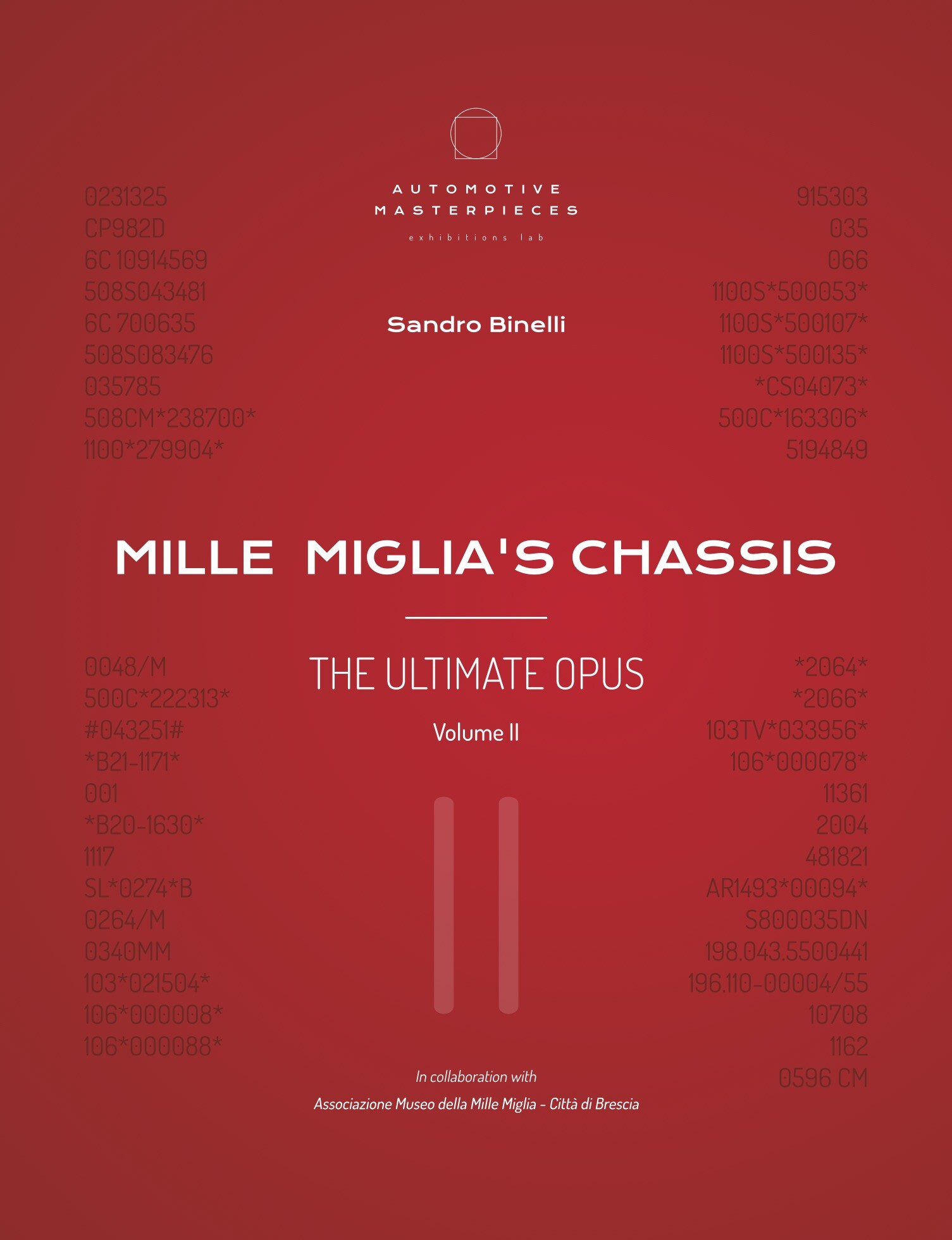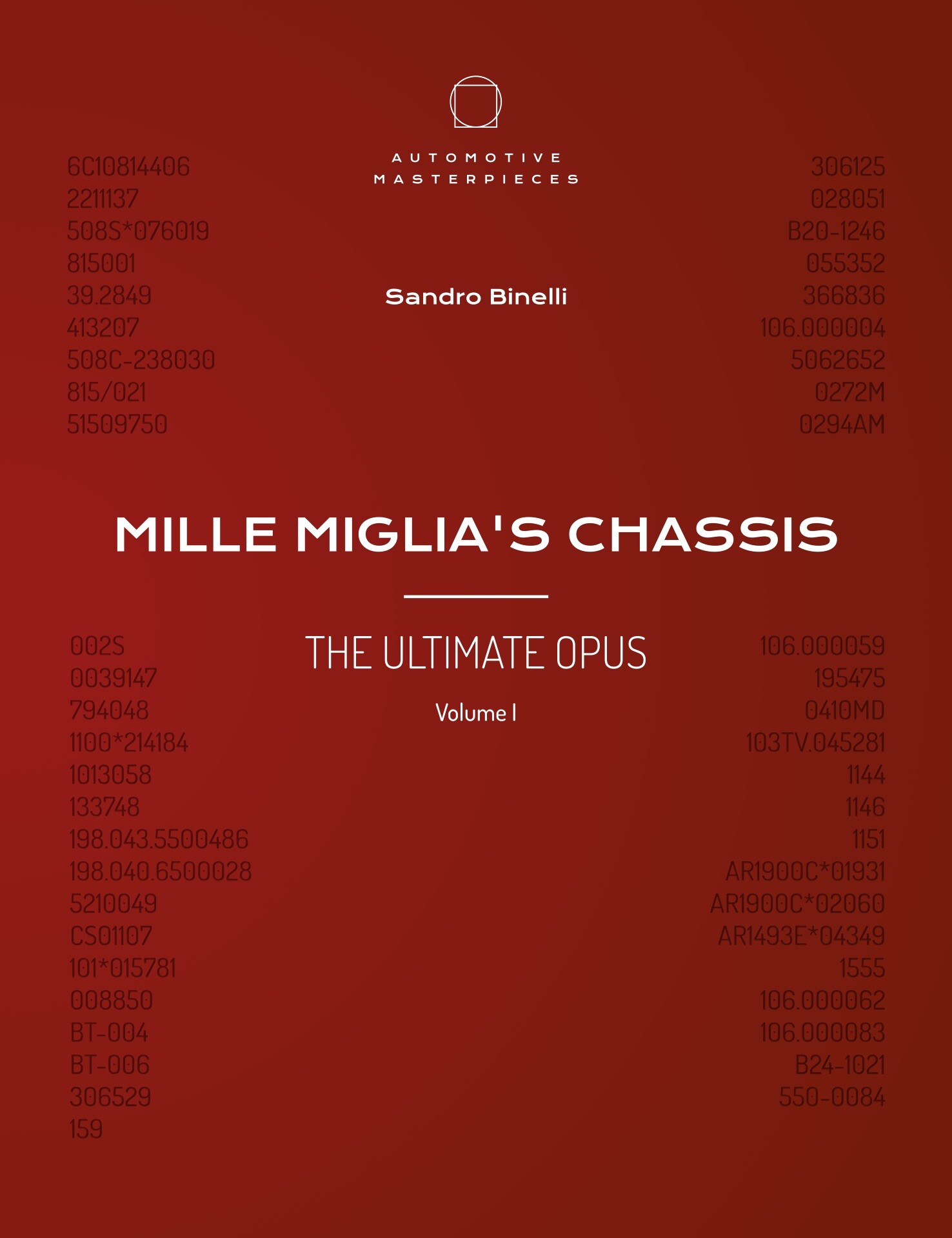
1954 Ferrari 500 mondial Spyder
ON/OFF
Why am I an Automotive Masterpiece?
L. Limited edition cars
no. 31 manufactured. no. 31 manufactured
During the 1950 Formula Two races, Enzo Ferrari observed that four-cylinder race cars from manufacturers like HWM and Cooper exhibited superior fuel efficiency compared to his 12-cylinder cars. The Ferrari V-12 engine, designed by Gioacchino Colombo, had dominated the Formula 2 class in 1949. In 1947, Aurelio Lampredi joined Ferrari and became Colombo's assistant. By the late 1940s, Ferrari tasked Lampredi with developing a four-cylinder engine that was more fuel-efficient and lighter than the larger 12-cylinder unit. When the sport’s governing body decided that the World Championship would be run under Formula 2 regulations, the development of the four-cylinder engine became a high priority. Completely constructed of light alloy, the new engine featured a double overhead camshaft head. Two versions were created: a 2-liter and a 2.5-liter. By 1952, the engine was ready and made its debut in the 500 F2, where Alberto Ascari won the World Championship with six victories out of seven races. He won the title again the following year. In early 1954, Ferrari offered the four-cylinder sports/racer to customers as a two-liter model, with each cylinder displacing almost 500 cubic centimeters. It was named "500 Mondial" in honor of Ascari's dominance in the Formula 2 World Championship. The 2-liter four-cylinder engine, equipped with two Weber carburetors, was mounted at the front and drove the rear wheels. Producing 170 horsepower, it propelled the 1,500-pound vehicle to a second-place finish in the 1954 Mille Miglia. A class victory was achieved in 1956 at the 12 Hours of Sebring endurance race.
The Ferrari 500 Mondial Spyder was produced from 1954 through 1956, with 14 examples bodied by Pinin Farina and 16 by Scaglietti. There were two series of the 500 Mondial: Series I and Series II. The first examples were fitted with bodies designed and built by Pinin Farina. Series I lasted from 1953 through 1954, with 20 examples created: 12 Spyders by Pinin Farina, 6 Spyders by Scaglietti, and 2 Berlinettas by Pinin Farina. The Series I Mondial debuted in 1953 at the 12 Hours of Casablanca, finishing second behind the 4.5-liter 375 MM. In 1954, a second series of 10 Scaglietti-bodied cars with slightly more powerful engines followed, resulting in a total of just 30 examples of the 500 Mondial before it gave way to the three-liter 750 Monza. The second series featured a different engine block with larger carburetors and a five-speed manual gearbox. Dino Ferrari collaborated with Sergio Scaglietti on the design. Pinin Farina's design had a purposeful appearance, while Scaglietti's design offered improved aerodynamics. The Mondial was replaced early in 1956 by the 500 TR (Testa Rossa). The Ferrari 500 Mondial played an important role in Ferrari winning its second Sports World Championship in 1954 and strengthened the relationship between Ferrari and Scaglietti.
This particular Ferrari 500 Mondial, chassis number 0410MD, stands out for its unique combination of bodywork: it features the front end of the second series, crafted by Carrozzeria Scaglietti, and the rear section from the first series, originally designed by Pinin Farina. This hybrid configuration likely resulted from modifications made after the car suffered damage during the 1954 Giro dell’Umbria. Scaglietti, already known at the time for performing several “rebodies” on Ferrari chassis for private clients, was responsible for the updated front. The car was initially owned by S.A.I.P.A. Srl. of Modena in 1954 and was first raced by Enrico Sterzi, who entered events such as the Giro dell’Umbria and the Coppa della Perugina. In 1955, the car passed to its second owner, Gino Casarotto, who actively campaigned it in various competitions, including the Supercortemaggiore Grand Prix at Monza, the Trieste–Opicina hillclimb as well as the Coppa d’Oro delle Dolomiti and Treponti–Castelnuovo, securing respectable finishes. In 1956, Casarotto continued racing the car, entering events such as the Torricelle hillclimb and the Mille Miglia, although he did not finish the latter. He also drove it in the Gran Premio Nuvolari and in the Bolzano–Mendola hillclimb, where he achieved a 16th-place finish. In 1957, the car was acquired by Franco Dari, who continued to race it, including in the Bologna–San Luca event.



